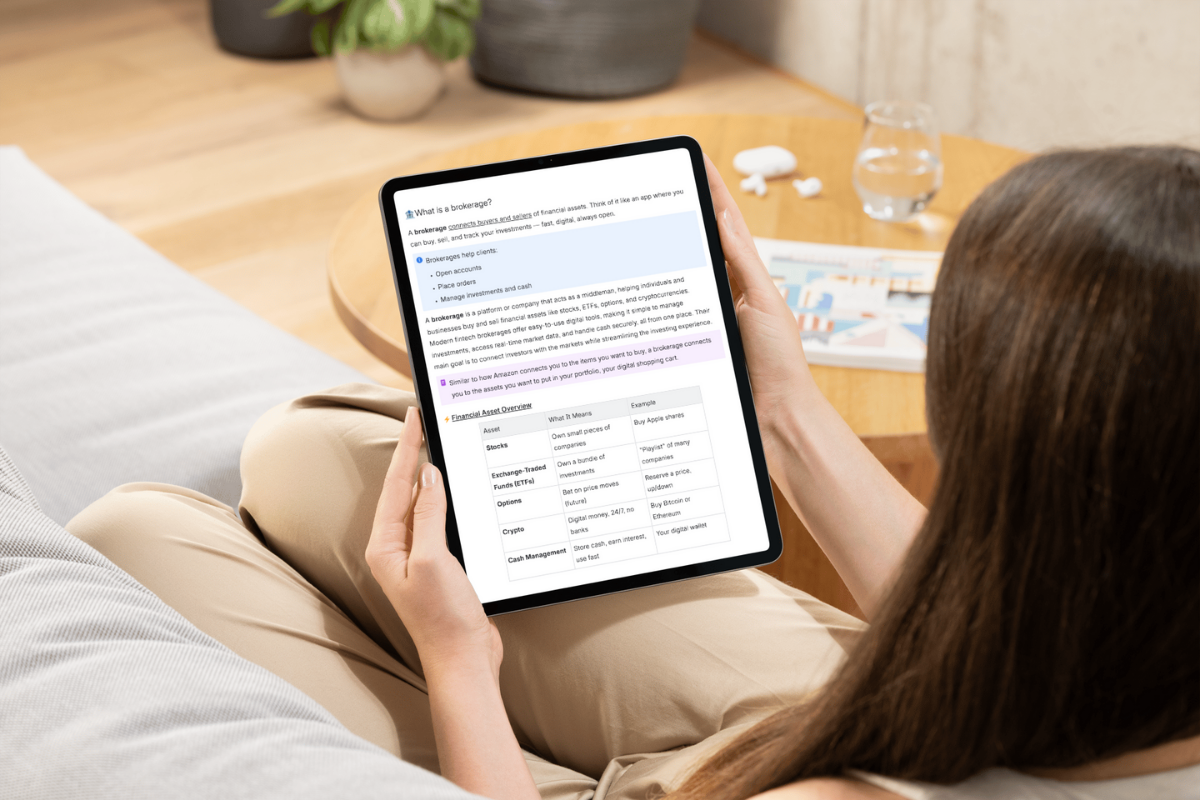Featured Project
Can you stay compliant while communicating with clients?
An immersive, scenario based eLearning experience that builds credibility and reduces compliance risk.
Tools Used: Articulate Storyline 360, Figma, Adobe Illustrator, Google Docs, ChatGPT, Freepik
Other Projects
What is a brokerage?
Using AI to streamline knowledge and create quick, effective information for onboarding and knowledge bases.
Tools Used: Confluence, Chat GPT


